Photothermal catalysis scientists explore the exciting field where light energy is combined with thermal activation to drive chemical reactions more efficiently and sustainably. By using sunlight or artificial light to create localized heating on catalyst surfaces, they enable important reactions to proceed at lower overall temperatures while maintaining high activity and selectivity. This technique is especially valuable for challenging transformations like CO2 reduction, hydrogen generation, and hydrocarbon upgrading. Photothermal catalysis reduces energy consumption and greenhouse gas emissions by integrating renewable energy inputs into chemical manufacturing processes.
These scientists focus on developing catalysts that effectively absorb light and convert it to heat at the nanoscale, often utilizing advanced materials such as plasmonic nanoparticles and metal oxides. Using sophisticated characterization methods and computational modeling, they investigate the mechanisms of light absorption, heat generation, and catalytic activity. Collaborating with engineers and materials experts, they design reactors optimized for maximum light capture and thermal management. Their work supports the advancement of clean energy technologies and scalable photothermal catalytic systems, contributing to a more sustainable and circular chemical industry. Ongoing research aims to improve catalyst stability under prolonged light exposure and enhance reactor efficiency. They are also exploring hybrid systems that combine photothermal and photocatalytic effects for superior performance. Their innovations hold promise for revolutionizing energy-efficient chemical manufacturing on an industrial scale.
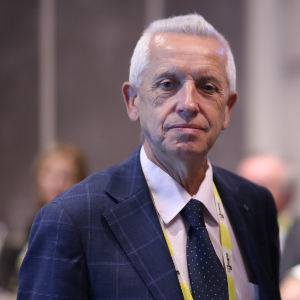
Stanislaw Dzwigaj
Sorbonne University, France
Dai Yeun Jeong
Asia Climate Change Education Center, Korea, Republic of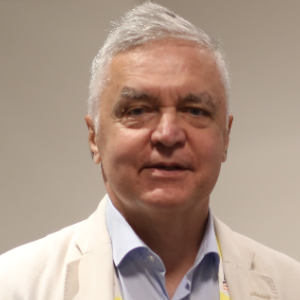
Sergey Suchkov
N.D. Zelinskii Institute for Organic Chemistry of the Russian Academy of Sciences, Russian Federation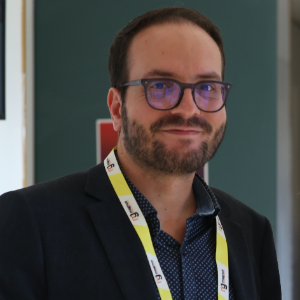
Enrico Paris
CREA-IT & DIAEE, Italy
Rabeharitsara Andry Tahina
GPCI-ESPA Antananarivo University, Madagascar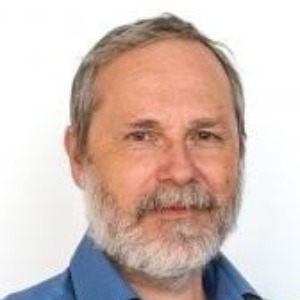
Jiri Dedecek
J Heyrovsky Institute of Physical Chemistry , Czech Republic
Uday Som
Research and Development Engineer, Japan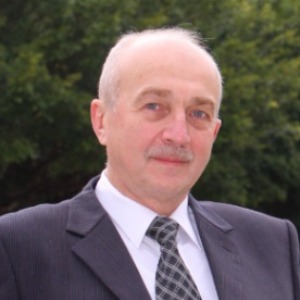
Vladimir G Chigrinov
Hong Kong University of Science and Technology, Russian Federation



Title : Distant binuclear vanadium V(II) cationic sites in zeolites and their reactivity
Jiri Dedecek, J Heyrovsky Institute of Physical Chemistry , Czech Republic
Title : Advanced nanostructures for carbon neutrality and sustainable H₂ energy
Tokeer Ahmad, Jamia Millia Islamia, India
Title : Personalized and Precision Medicine (PPM) as a unique healthcare model via bi-odesign, bio- and chemical engineering, translational applications, and upgraded business modeling to secure the human healthcare and biosafety
Sergey Suchkov, N.D. Zelinskii Institute for Organic Chemistry of the Russian Academy of Sciences, Russian Federation
Title : Antibody-proteases as a generation of unique biomarkers, biocatalysts, potential targets and translational tools towards nanodesign-driven biochemical engineering and precision medical practice
Sergey Suchkov, N.D. Zelinskii Institute for Organic Chemistry of the Russian Academy of Sciences, Russian Federation
Title : Dimethyl ether synthesis from syngas over Cu-Zn/Al2O3 catalysts prepared using the Sol-Gel method
Uday Som, Research and Development Engineer, Japan
Title : Influence of various catalysts on H₂ enhancement and CO2 capture during syngas upgrading
Enrico Paris, CREA-IT & DIAEE, Italy
Title : Photoaligned azodye nanolayers : New nanotechnology for liquid crystal devices
Vladimir G Chigrinov, Hong Kong University of Science and Technology, Russian Federation
Title : Application of vanadium, tantalum and chromium single-site zeolite catalysts in catalysis
Stanislaw Dzwigaj, Sorbonne University, France
Title : Advances in heterogeneous catalysis for green conversion of propene to aldehydes and alcohols
Ram Sambhar Shukla, CSIR-Central Salt and Marine Chemicals Research Institute (CSMCRI), India
Title : Oxidation of methane to methanol over pairs of transition metal ions stabilized in the zeolite matrices
Jiri Dedecek, J Heyrovsky Institute of Physical Chemistry , Czech Republic